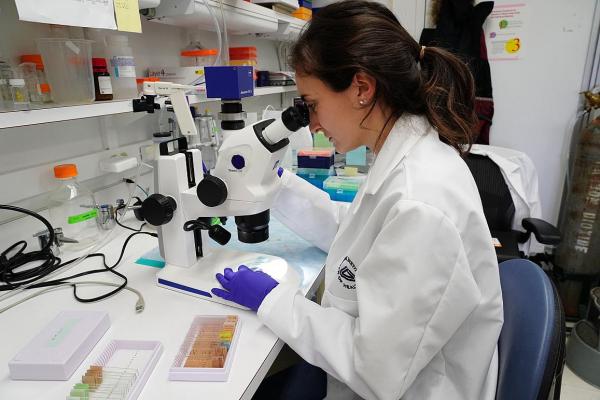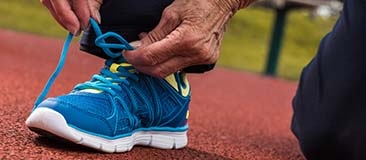Languishing Cellular Batteries Foretell Movement Problems
Prediction Method Could Help Prevent Age-Related Physical Decline
Throughout human history, people have sought insight into their fates from self-proclaimed psychics and other dubious fortune tellers. Fortunately, scientists are increasingly developing more reliable, data-driven ways to predict the future. For instance, IRP researchers recently showed that an assessment of the cellular batteries that power our muscles can predict the deterioration of physical abilities in older adults.










